Drainage Techniques for Better Golf Course Management and Playability

For most of us, being a groundskeeper is a dream job; the visceral pleasure of seeing the fruits of your labor is often it's own reward, but superintendants today are demanding more and more out of their maintenance crews. Today we're going to highlight a few techniques that can be used to ensure that your golf course has firm, fast greens and dry, carpet-like fairways -- techniques that are commonly used at the best golf courses in the world.

Use Trench Drains to manage Sheet Flow
Trench drains are a key part of any groundkeeper's arsenal. The versatile trench drain is ubiquitous on golf courses due to its penchant for solving pesky problems with sheet flow. Trench drains, sometimes referred to as channel drains, are most commonly used in hardscapes to prevent sheet flow, which occurs when the ground doesn't have enough permeability to absorb the water, leading to water flowing over the landscape in 'sheets'. On golf courses, you'll most commonly find yourself using trench drain to solve issues with the cart path, around the clubhouse, or on bridges where drainage needs to be factored in -- all impermeable or very low permeability surfaces where water is likely to accumulate. Below is an example of NDS Mini Channel drains being utilized on one of the top golf courses in South Carolina; the channel is embedded into the bridge to the green, using Class A, ADA compliant grates. This aesthetically pleasing installation ensures the safety of guests on a surface that can become extremely slippery when wet, while matching stylistically with the course. The channel itself drains into the void space provided by the gravel, using an NDS Mini Channel end adapter. This is an example of drainage done right to enhance the course and it's aesthetic and functional appeal.
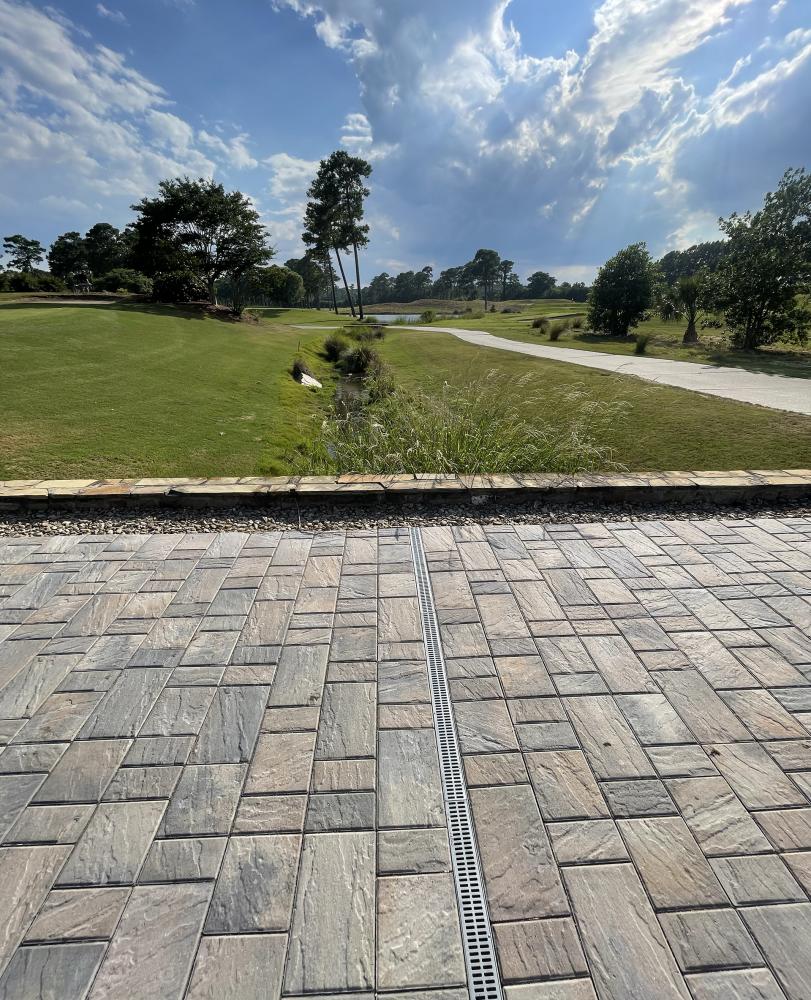
Beneath a golf course, there are vast Intricate networks of drainage where every component plays a crucial role in maintaining conditions. One of these components would be a end outlet. End outlets directs water away from sensitive playing areas to designated drainage points or natural reservoirs. This strategic placement not only prevents waterlogging but also optimizes the efficiency of the entire drainage system.
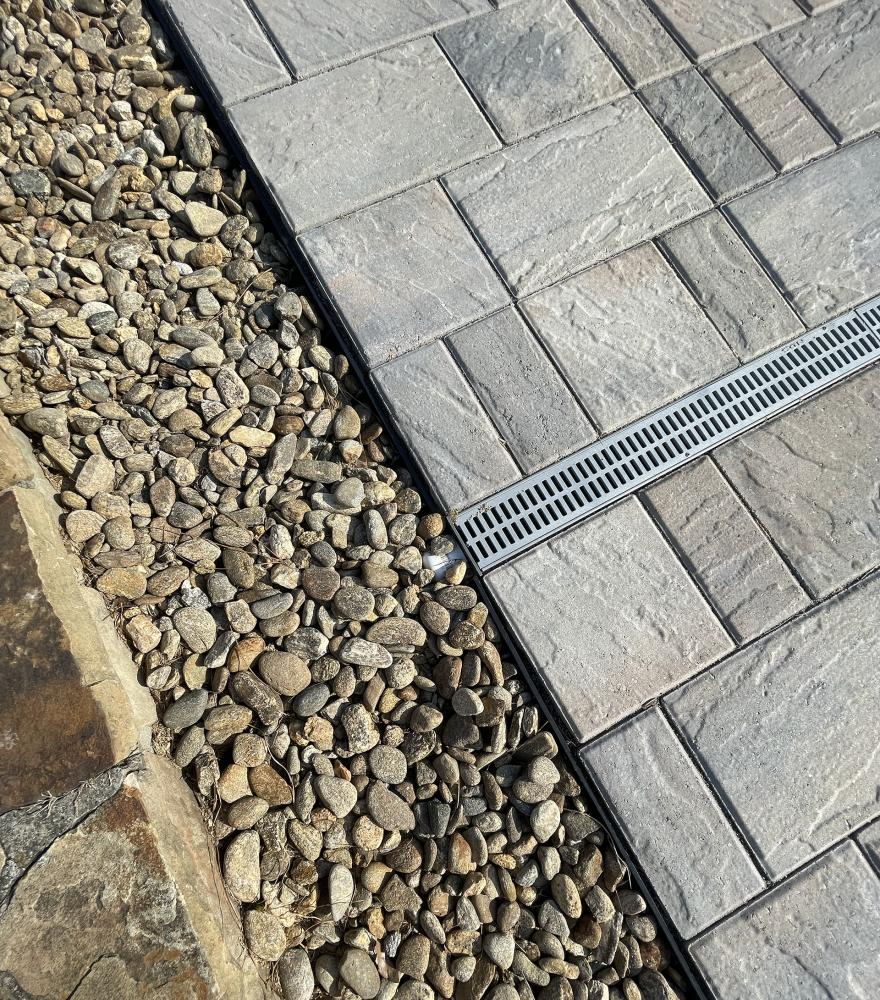
Utilizing Drainage In Sand Traps
Prevent members' and players' complaints at the clubhouse by utilizing drainage components in sand traps. Sand traps or bunkers are strategically positioned to add challenge and visual interest to the course. They often collect water during rain or irrigation, which can adversely affect the playing surface. Installing effective drainage solutions, such as perforated pipes or catch basins facilitates the rapid evacuation of water from the sand traps. These systems work by efficiently capturing and directing excess water away from the surface, preventing saturation and ensuring that the sand remains firm and playable. When golf courses manage water effectively, groundkeepers can mitigate the risks of mud and standing water while providing a consistent and enjoyable experience for players. When using a drainage system you also enhance the longevity of sand traps by minimizing erosion and maintaining their intended design aesthetics over time. Nothing is worse than hitting a ball into a sand trap to find your ball in a foot of water. Incorporating these drainage components demonstrates a commitment to course maintenance.

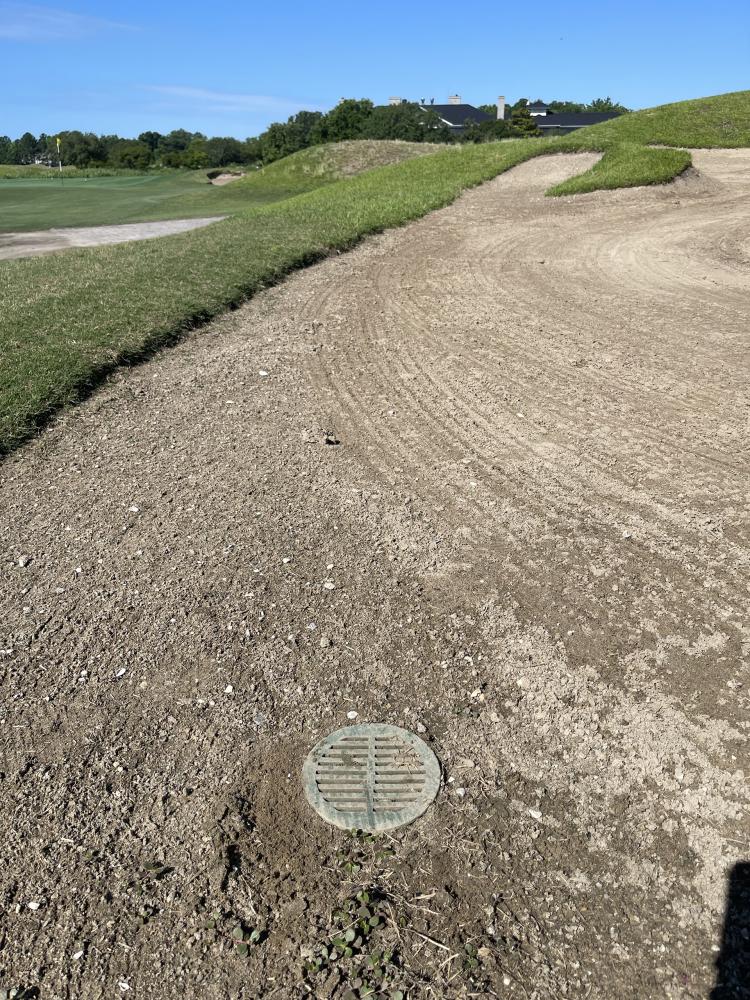
Optimizing Fairways using Drainage
Fairways are meant to be clear of any hazards. Installing drainage systems in fairways represents a great benefit in golf course management practices. Common drainage systems use grate covers that are crafted from materials such as metal or composite that can withstand golf carts, mowers, and other styles of traffic. Drainage systems prevent water accumulation that could otherwise compromise the playability of fairways. This proactive approach ensures that golfers encounter consistently firm and dry conditions. Embracing drainage systems in fairway design not only improves course resilience to diverse weather conditions but also elevates the aesthetic appeal of the course -- providing players with picturesque surroundings for a memorable round of golf.
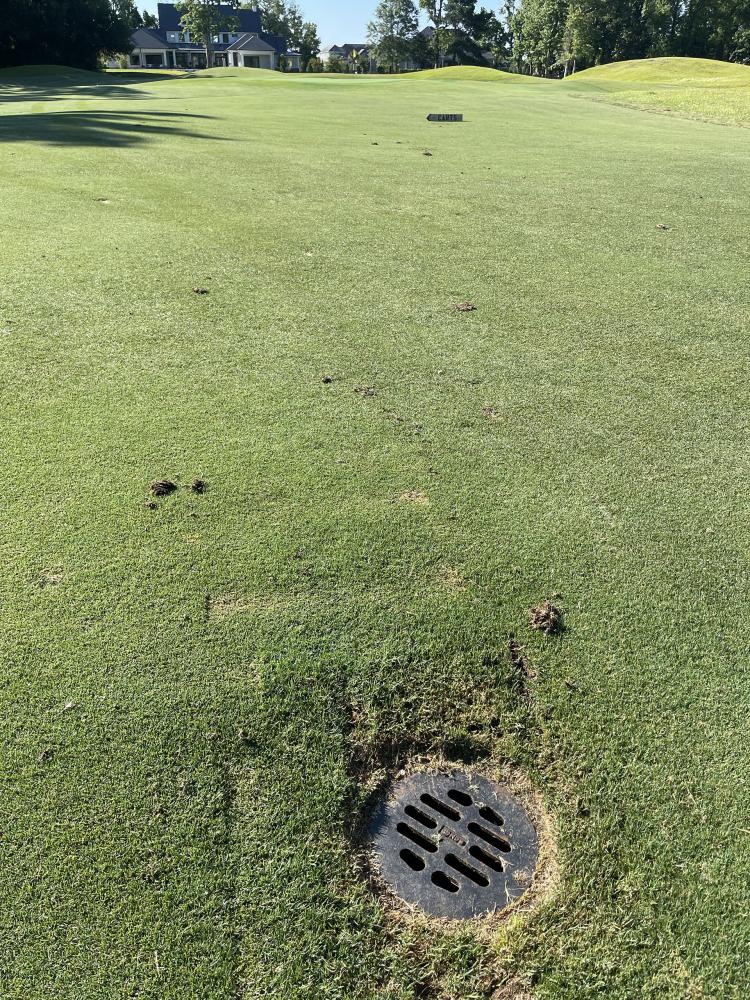
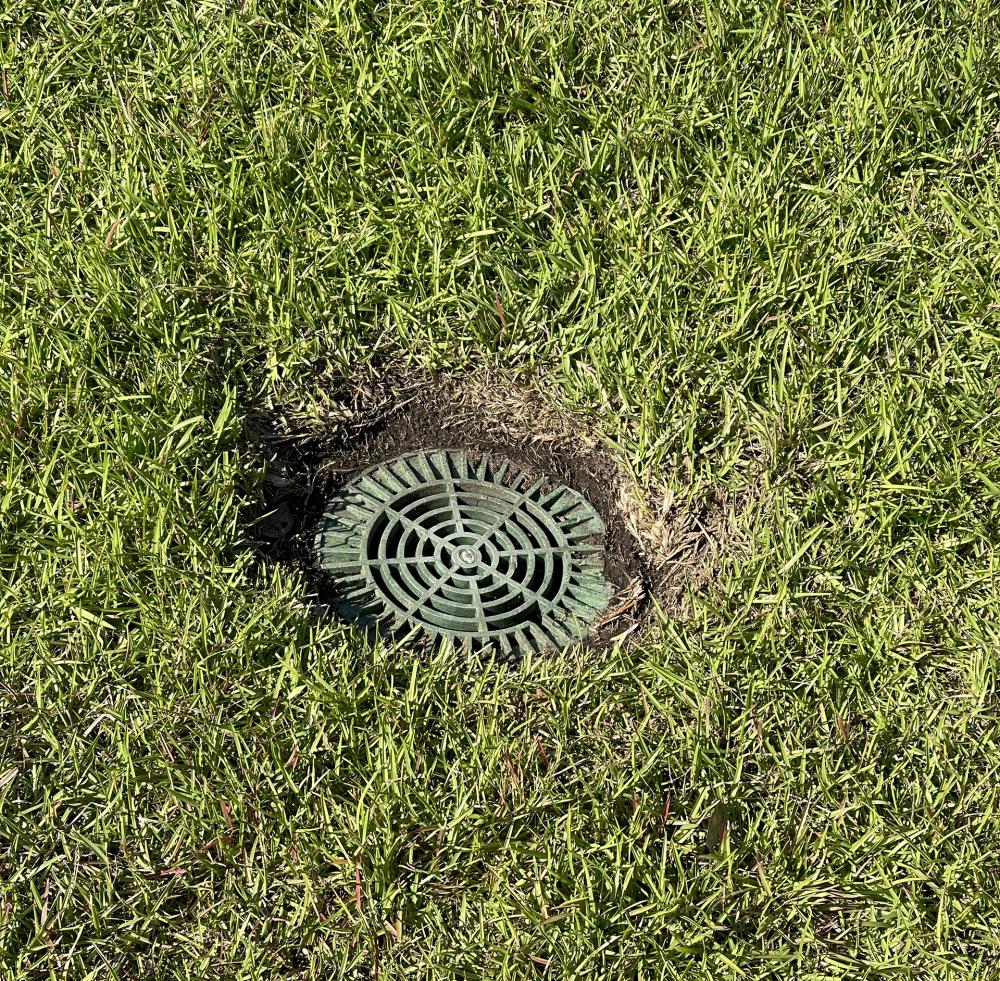
Valve Boxes in Golf Course Management
Valve boxes act as the hub that organizes irrigation valves by facilitating easier access for maintenance tasks such as inspections, repairs, and adjustments. By protecting valves from external elements like dirt and weather, valve boxes prolong the lifespan of irrigation systems, while ensuring consistent and reliable performance. Their integration enhances the course's aesthetic appeal by maintaining a tidy and professional appearance while safeguarding critical infrastructure underground. Moreover, valve boxes enable precise control over irrigation schedules and distribution, thus optimizing water usage and supporting turf health. Valve boxes are designed to withstand outdoor conditions, ensuring longevity and minimizing the need for frequent replacements. Their installation also enhances compliance with safety standards, reducing the risk of accidental damage on the golf course.
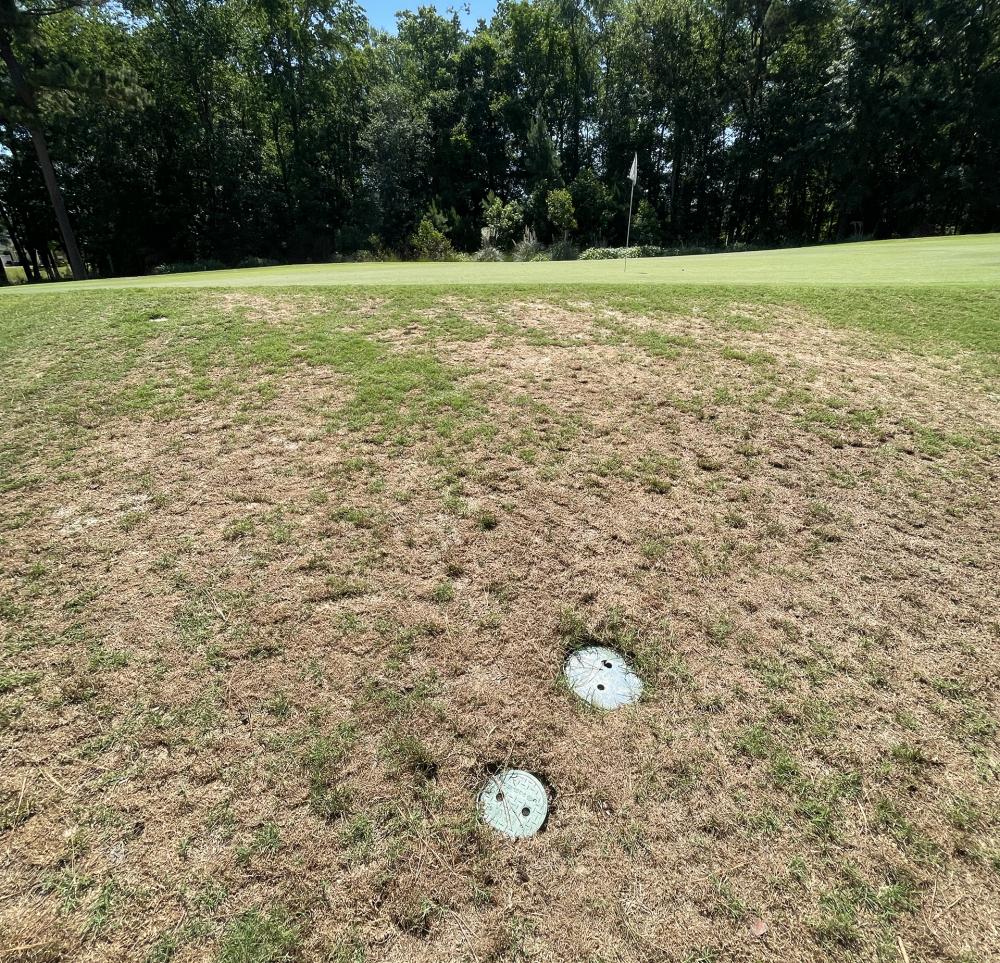
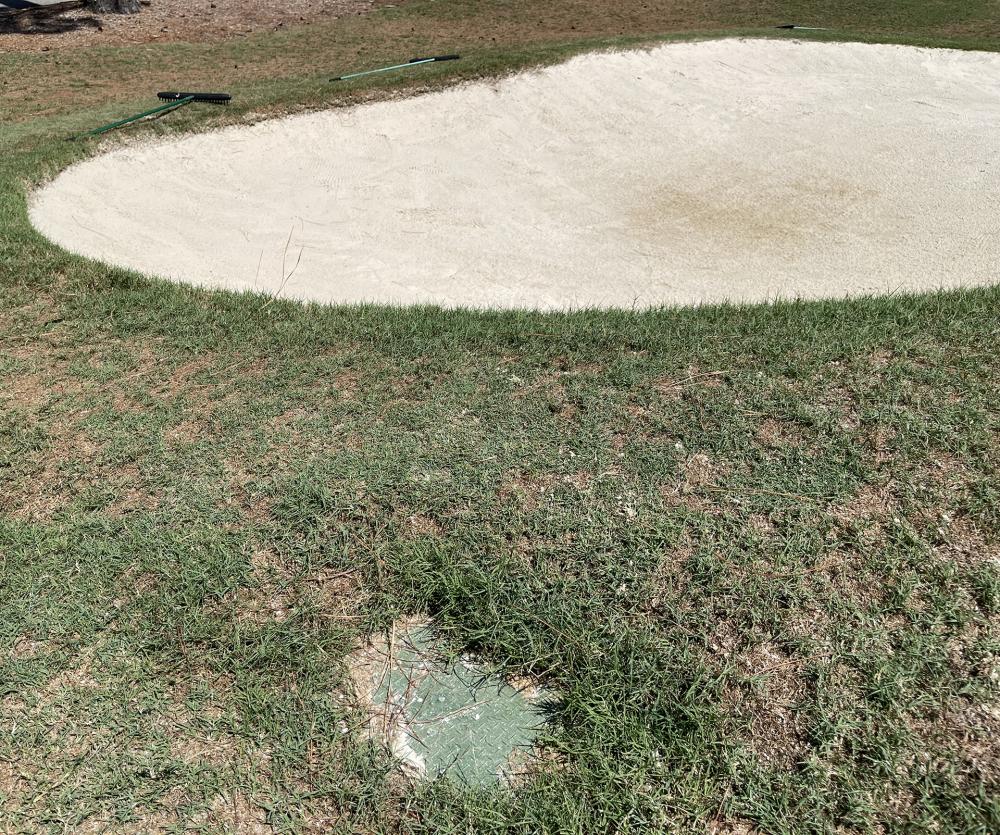
We hope this blog this help out all golf courses across the board! Incorporating these practices enhances the playability and sustainability of golf courses but also underscores our commitment at Drainage Connect to delivering superior solutions that elevate course management standards. Whether it's optimizing water flow with advanced drainage techniques, enhancing fairway conditions with grates, or streamlining maintenance with efficient valve boxes, we're dedicated to ensuring every golfer enjoys a memorable experience on the course.
If you've got any questions leave them below in the comments. If you liked this article, please check out more of our content, including these great related blog posts below. As always, be sure to like and subscribe to us on Facebook, Instagram, Pinterest, or Twitter to keep apprised of the latest and greatest in drainage technology as well as get the latest exclusive deals! If you're making your first purchase, sign up for the newsletter to get a 1-time-use 5% off coupon!





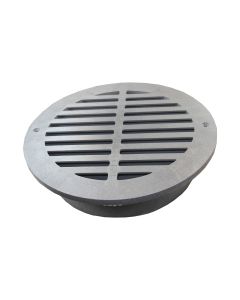
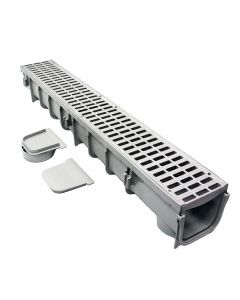
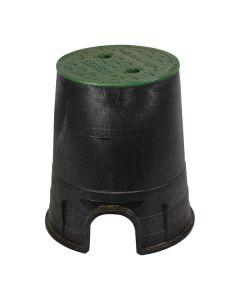
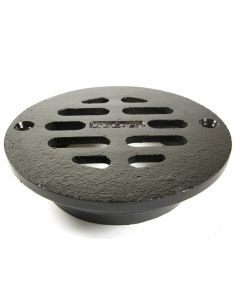
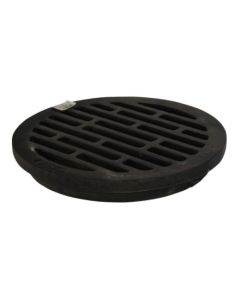








Comments